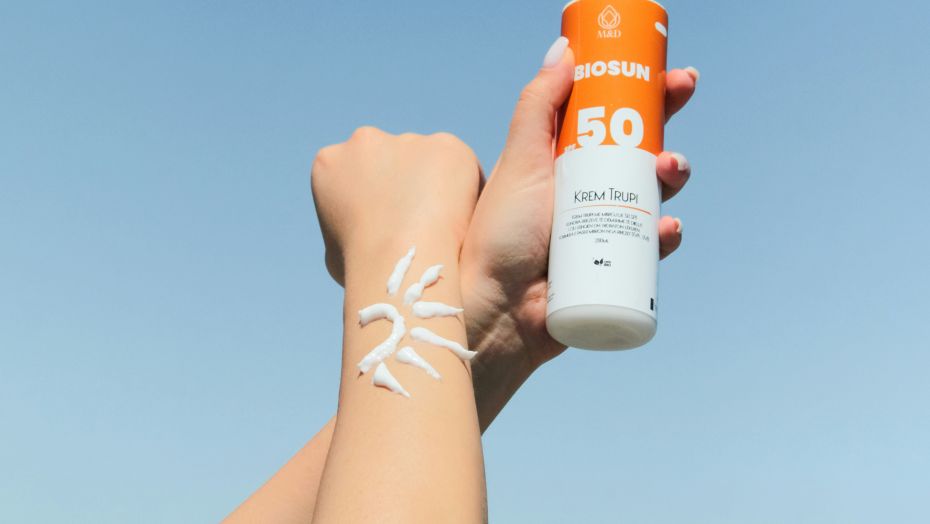
What SPF Should I Use? A Dermatologist Explains
The Earth’s atmosphere blocks most of the sun’s ultraviolet (UV) radiation from reaching us. But the small amount that does get through can have major effects on your well-being, as UV exposure is associated with a variety of health problems ranging from sunburn and premature aging to cataracts and skin cancer.
Using sunscreen is one way to protect your skin from the sun’s harmful UV rays and looking at the SPF of the product is one of the best indicators of the effectiveness of a sunscreen.
What does SPF mean?
SPF stands for sun protection factor. It measures the level of protection from UVB rays – the type of radiation that causes sunburns and skin cancer – a product will give you.
What does an SPF number tell me?
The SPF number of a sunscreen indicates the length of time that your skin is protected from sunburn while wearing it compared to the time it takes you to burn without it.
For example, if you have fair skin and tend to start getting burned after five minutes in the sun without any sunscreen, properly applying a sunscreen with an SPF of 30 would protect you for 150 minutes before you begin to burn.
Of course, your level of sun protection can also be influenced by other factors, such as the weather conditions, your location, your skin type and if you’re swimming or sweating.
What SPF is enough?
A sunscreen’s SPF is indicated by a number that ranges from 1 to 100. Generally speaking, a higher SPF extends the amount of time you can spend in the sun while protecting your skin.
SPFs are categorized into four levels: low (4, 6, 8, 10); medium or moderate (15, 20, 25); high (30, 40, 50); and very high (50+).
Depending on your skin type, dermatologists recommend using a sunscreen with an SPF of at least 30, which blocks 97 percent of the sun's UVB rays. Higher SPFs block a bit more of the sun's UVB rays, but no sunscreen – not even SPF 100 products – can block all of the sun's rays.
It’s also important to remember that sunscreens with high SPFs work for the same amount of time as those with lower SPFs, and do not allow you to spend additional time outdoors without reapplication. All sunscreens should be reapplied approximately every two hours when outdoors and after swimming or sweating, according to the directions on the bottle.
Taking extra precautions
In addition to recommending using sunscreen with 30 SPF or higher, the American Academy of Dermatology also advises using one with broad-spectrum protection to guard against UVB rays as well as UVA rays, which penetrate deep into the skin and cause aging and immune suppression.
However, sunscreen alone cannot fully protect you, which is why dermatologists suggest taking the following steps to further protect your skin and discover skin cancer as early as possible:
- Wear sunglasses with both UVA and UVB protection.
- Seek shade when the sun’s rays are strongest – between the hours of 10 a.m. and 4 p.m.
- Wear a wide-brim hat and sun-protective clothing.
- Use a lip balm with SPF 30 or higher.
- Keep infants out of the sun.
- Perform a head-to-toe self-examination of your skin at least once a month.
- See your physician every year for a professional skin exam.
Learn more about dermatologist Lauren Thomassie, MD.


